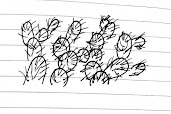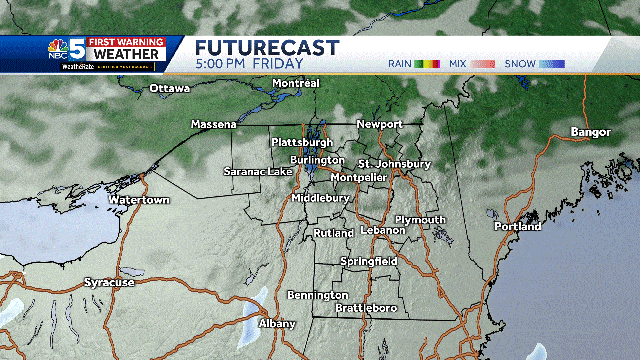If you’re like me, you’ve gone a little crazy attending Zoom University this term. Locked inside, I bet you crave some fresh air. And, walking to the nearest dining hall isn’t necessarily the best form of exercise. So I am pleased to provide you with this useful field guide. I hope I will make your next hike more exciting, recognizing our native La Jolla flora. With the nearest great outdoors hike just a 10-15 minute walk from campus, you too could soon be immersed in nature with the valuable knowledge I’d be happy to pass on to you. So without further ado, here’s Bradley’s field guide to the La Jolla desert!
brittlebush of california Encelia Californica
The California Brittlebush is just one of the many yellow flowers you may see while traveling through the La Jolla wilderness. With its long stem, dark center and delicate petals, the brittlebush resembles a daisy. However, the brittlebush thrives in a harsher, arid environment, unlike the brittle daisy. Peek into their center and see the pollen collected and left behind by bees in the area and how its orange hue reflects against the dark background. You can see how the petals are perforated at its ends, giving this flower bush its iconic shape, making it a sight to behold on your next hike!
Bermuda buttercup Oxalis Pes-Caprae
Another iconic yellow flower that can be seen around the area is the Bermuda buttercup. With a softer, brighter hue, the buttercup petals appear almost opaque and add a wonderful luminosity to the otherwise brown and green surroundings. If you can, take a look at the leaves of this plant. Notice their roundness, almost like clovers, and how their shape completely complements the silhouette of the buttercup. If you’re lucky, you’ll see a field of them with the Pacific Ocean as a backdrop. And while they may seem flimsy, their resistance to La Jolla’s weather makes them a staple of this landscape.
California prickly pear Opuntia Phaeacantha
You might think cacti are strictly desert plants. However, La Jolla’s relatively dry climate (compared to further north) makes it an ideal place for cacti to share homes with bushels and wildflowers. If you’re lucky, you’ll see a greenish/yellowish flower bloom from the top of the cactus: a great juxtaposition of beauty and fragility against the tough, spiky skin of the prickly pear. Clumps of these cacti can be found interspersed on any nearby hiking trail, so you’ll be sure to see them as you explore.

fan palms Filiferous Washingtonia
These trees are more of a SoCal staple than a La Jolla staple. However, you will recognize that the fan palms you will see are neatly pruned and are more of a residential/urban feature of the La Jolla landscape. But, if you can find one away from the hustle and bustle of the streets and sidewalks, you’ll see its dead leaves still part of the tree, hanging under the cool, healthy palms. Watch how their leaves sway in the wind. Listen to their rustle and appreciate their green hats, raised above the horizon line.

Eucalyptus/gum trees Eucalyptus Mannifera
For this tree, you really don’t need to travel far. These bad boys are EVERYWHERE. On and off campus, you can spot their waxy leaves and bare bark. Eucalyptus groves are also easy to recognize because many plants cannot grow around these trees. Like the villains that they are, eucalyptus trees foul the soil they grow in, making it virtually impossible for other species to grow nearby. Take a look at these green giants the next time you walk around campus. I think their foliage beautifully reflects the sunlight and dances with the wind. Sitting, watching and listening to them, in my opinion, would be a great use of your time.
In conclusion, get out and have a walk! Check out some plants and trees that you like. And breathe in the fresh La Jolla air. Good luck environmental friends!
Photo courtesy of Bradley Beggs
 Xoven Agricultor
Xoven Agricultor



